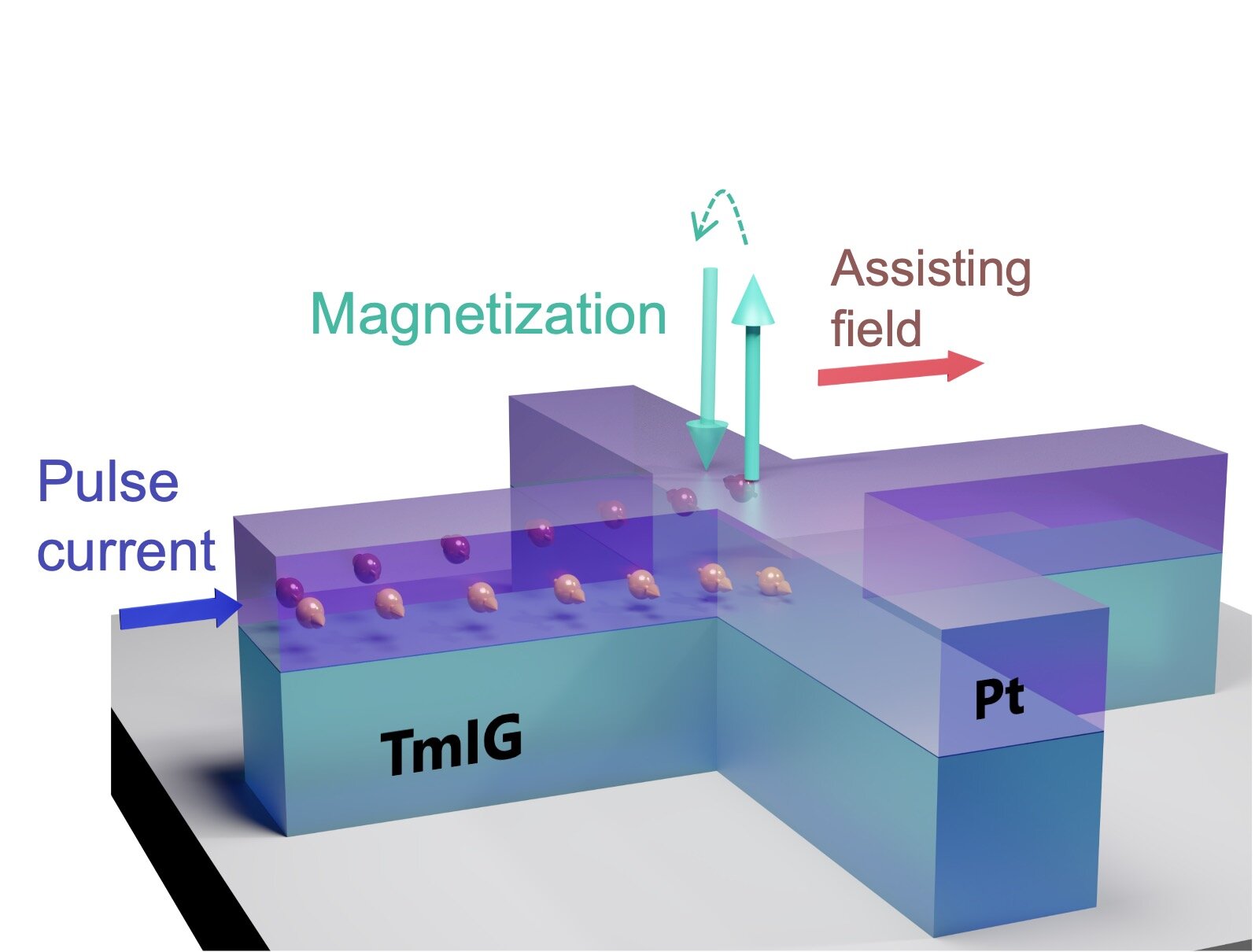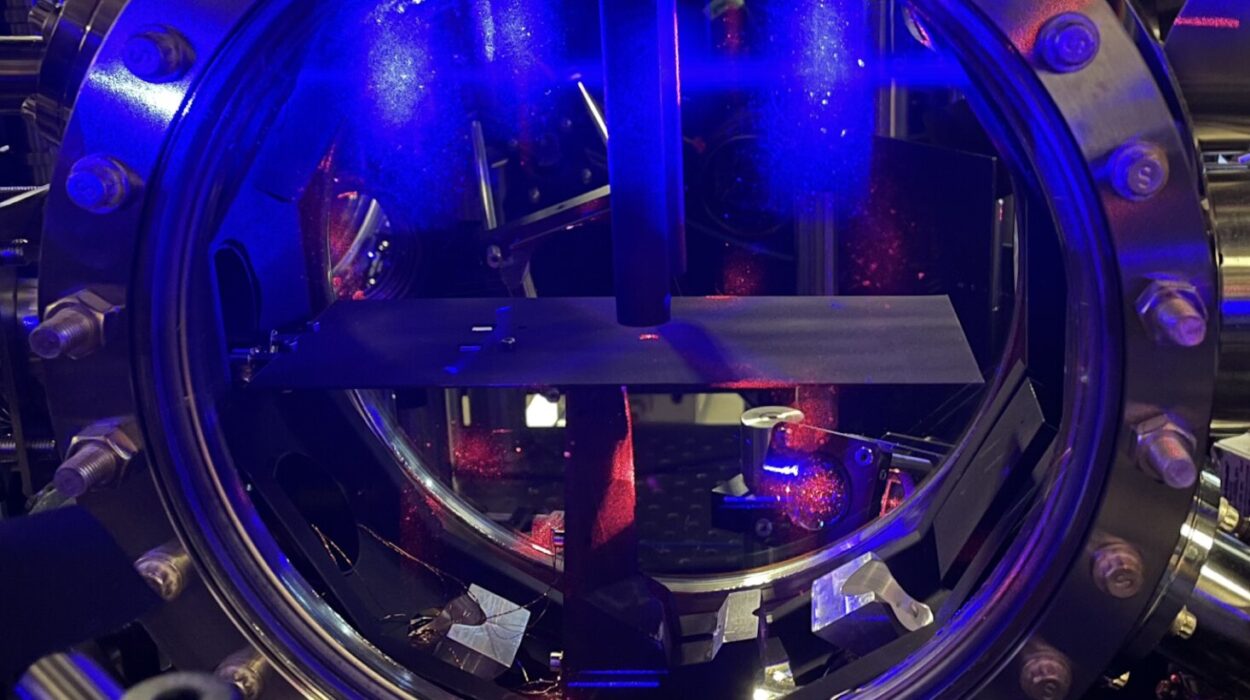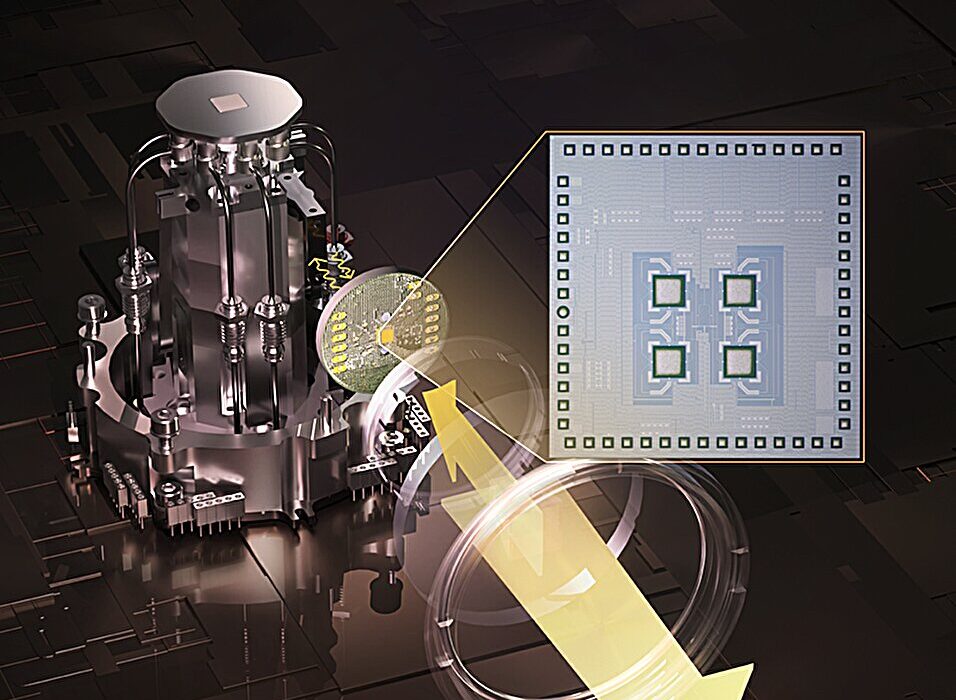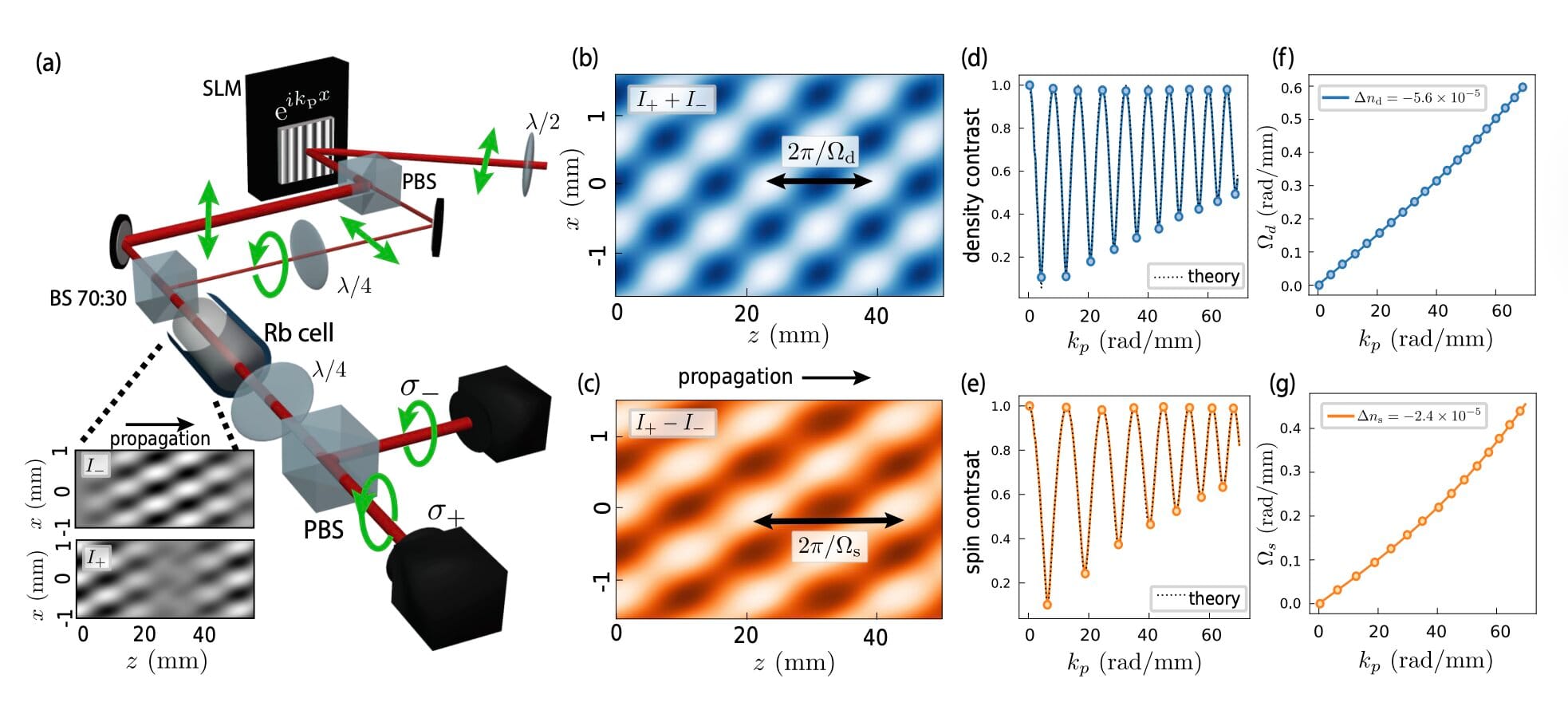Every search you make, every AI-generated image you admire, and every conversation with a chatbot like this one relies on immense computing power. Behind the dazzling speed of artificial intelligence lies an invisible world of data centers — vast complexes filled with machines consuming enormous amounts of electricity. As generative AI continues to spread across the globe, the demand for power to sustain these systems has reached staggering levels.
In this new age of intelligent machines, researchers are racing to create faster, more efficient, and more sustainable computing hardware. One of the most promising frontiers in this race is a field called spintronics, which harnesses the quantum property of electrons — their spin — to store and process information more efficiently than ever before.
Now, a team from Kyushu University in Japan has made a groundbreaking leap forward. Led by Associate Professor Naoto Yamashita from the Faculty of Information Science and Electrical Engineering, the researchers have developed a new fabrication method for magnetic random-access memory (MRAM) that could redefine the future of computing. Their innovation uses a remarkable material called thulium iron garnet (TmIG) — a compound that may soon power the brains of next-generation AI systems.
The Promise of Spin-Orbit Torque
Traditional memory devices rely on electrical charges to store data, but this method consumes substantial energy and generates heat. In contrast, magnetic random-access memory (MRAM) stores information in the orientation of tiny magnetic domains. This approach is inherently more energy-efficient, faster, and resistant to data loss when power is turned off.
One of the most exciting branches of MRAM technology involves spin-orbit torque (SOT) — a process that uses electric currents to manipulate magnetic states in a material. In essence, SOT allows researchers to flip magnetic bits on and off quickly without the need for external magnetic fields, leading to faster and more compact memory devices.
“Spin-orbit torque is an important technology that can potentially solve the power consumption problem facing AI and data centers,” says Yamashita. “It allows us to produce faster MRAM that uses less energy, a critical step toward sustainable high-performance computing.”
Enter Thulium Iron Garnet: The Game-Changing Material
Among the materials capable of supporting spin-orbit torque, thulium iron garnet (TmIG) stands out as a star performer. Originally developed in Japan in 2012, TmIG has drawn international attention for its remarkable ability to enable high-speed, low-power information rewriting — and crucially, it can do so at room temperature, making it highly practical for real-world applications.
TmIG is a magnetic insulator, meaning it can support spin currents without allowing electrical currents to pass through it. This unique property minimizes energy loss and heat generation, both of which are vital for the next generation of efficient data storage technologies.
However, there’s been one persistent obstacle: TmIG requires extremely high-quality thin films to function effectively in MRAM devices. Traditional fabrication methods for producing such films have been technically complex, expensive, and difficult to scale up for industrial manufacturing.
That is where Yamashita’s team achieved their breakthrough.
A Simple Yet Powerful Fabrication Method
The Kyushu University researchers developed a way to create high-quality TmIG thin films using a mass-production-friendly technique known as on-axis sputtering. This process involves bombarding a target material — in this case, TmIG — with energetic particles that knock atoms loose, allowing them to deposit layer by layer onto a substrate.
This technique is not only more efficient but also compatible with existing industrial equipment, making it an ideal candidate for large-scale manufacturing.
“We utilized this method to deposit a very thin, three-nanometer layer of platinum on top of the TmIG,” Yamashita explains. “Follow-up tests showed that we could alter its memory data — the magnetic orientation — by simply passing a small current through it.”
What’s most remarkable is that this thin platinum film successfully generated spin-orbit torque in the TmIG, enabling the rapid and energy-efficient rewriting of magnetic information.
In practical terms, the team achieved a data-writing efficiency of 0.7 × 10¹¹ A/m², a figure comparable to that of more complex and costly fabrication techniques. This result demonstrates that their approach doesn’t just work — it competes with the best methods currently available, while being simpler and more scalable.
Bridging Basic Research and Real-World Applications
Yamashita’s team believes their discovery could mark an important turning point in the journey from theoretical research to real-world technology. For years, materials like TmIG have been studied primarily in laboratory settings. Now, with this new fabrication process, the path toward practical energy-efficient MRAM devices is clearer than ever.
“We are already developing functional devices that take advantage of our new findings,” Yamashita notes. “Our goal is to leverage this work to build a more sustainable information society.”
This step is not just about faster computing; it’s about responsible computing. By improving the efficiency of memory technology, the researchers are addressing one of the most urgent challenges of our digital era — the skyrocketing energy consumption of data infrastructure.
Why This Matters for the Future of AI
The world’s data centers — the nerve centers of artificial intelligence, cloud computing, and digital communication — currently account for a growing share of global electricity use. As AI models become more powerful and complex, they demand exponentially greater computing resources.
Today’s leading AI systems can require millions of dollars’ worth of power each year just to operate. This energy demand contributes not only to rising costs but also to increased carbon emissions. Finding ways to make hardware more efficient is therefore as important as improving AI algorithms themselves.
That’s where technologies like TmIG-based MRAM come in. By reducing the power needed to write, store, and access data, these new materials could make AI infrastructure dramatically more sustainable.
Imagine a world where generative AI systems, smart robots, and cloud platforms run at lightning speed without devouring enormous amounts of electricity. This vision is no longer a distant dream — it’s a goal that breakthroughs like Yamashita’s bring within reach.
The Broader Impact on Technology and Society
The implications of this work stretch far beyond artificial intelligence. High-performance MRAM could revolutionize almost every sector of modern technology — from smartphones and wearable devices to autonomous vehicles and space exploration.
MRAM’s unique combination of speed, endurance, and non-volatility (its ability to retain data without power) makes it a candidate to replace or complement existing memory types such as DRAM and flash storage. The result would be computers that boot instantly, devices that last longer, and systems that can handle immense computational loads with minimal power.
Moreover, because the new fabrication method developed by the Kyushu University team can be scaled up easily, it opens the door to real-world adoption much sooner than many emerging materials do.
Toward a Sustainable Information Society
In the grand narrative of human progress, every major leap — from the discovery of electricity to the rise of the internet — has been powered by our ability to control and manipulate information. Today, as data becomes the lifeblood of civilization, biology and energy converge in a new challenge: how to sustain the digital world without exhausting the physical one.
Yamashita’s work offers a glimpse of that future — one where intelligence and sustainability coexist. Through their innovation, his team has not only advanced the field of spintronics but also contributed to the broader quest for a greener, smarter planet.
Their research, published in npj Spintronics, serves as a reminder that even in a world dominated by artificial intelligence, human creativity and scientific curiosity remain the most powerful forces driving change.
A New Dawn for Memory Technology
The journey toward more efficient computing is a collective effort that spans disciplines, nations, and generations. With each breakthrough, we move closer to a future where technology serves not only our intelligence but also our planet.
The development of TmIG-based MRAM is more than a technical achievement — it’s a promise. A promise that innovation can be both powerful and sustainable. A promise that the brilliance of human ingenuity can help light the digital world without dimming the natural one.
And as Kyushu University’s researchers continue to refine their technology, the message is clear: the future of computing is not just faster — it’s smarter, cleaner, and profoundly more human.
More information: Deterministic spin-orbit torque switching of epitaxial ferrimagnetic insulator with perpendicular magnetic anisotropy fabricated by on-axis magnetron sputtering, npj Spintronics (2025). DOI: 10.1038/s44306-025-00105-z






